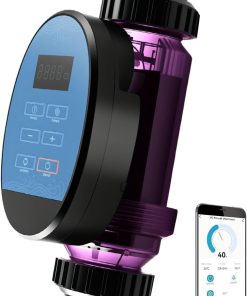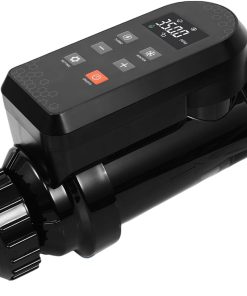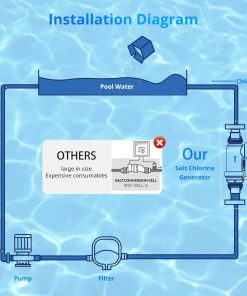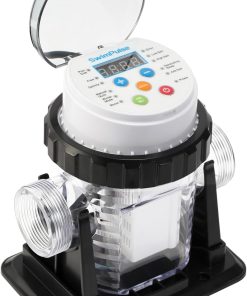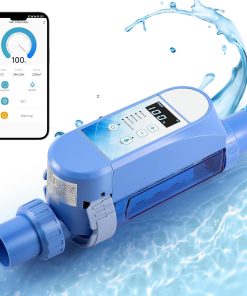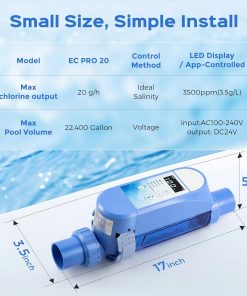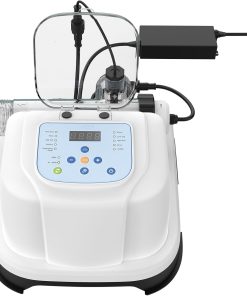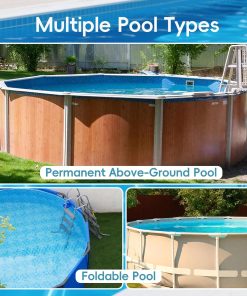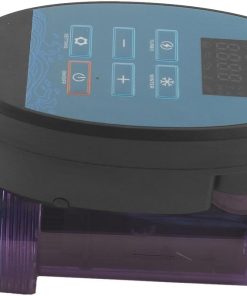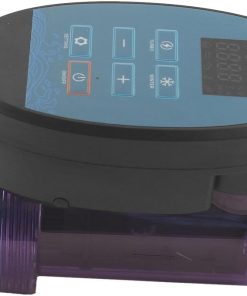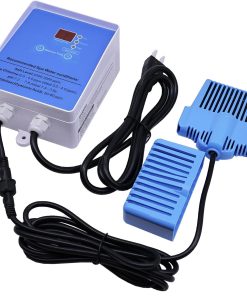How long does a salt cell chlorinator last?
Chlorinators are an important part of any water treatment system, and salt cell chlorinators in particular play an important role in controlling bacteria levels. Salt cell chlorinators work by using a salt crystal to absorb chlorine gas, which then destroys the bacteria.
The lifespan of a salt cell chlorinator can vary depending on the model and usage, but most models should last between 2 and 4 years. It is important to keep your chlorinator clean and free of debris in order to prolong its lifespan.
Is salt cheaper than chlorine?
Salt is a popular additive in home cleaning products. Chlorine, on the other hand, is one of the most commonly used household disinfectants. Many people believe that salt is cheaper than chlorine, but the truth is that both options have their own strengths and weaknesses.
When it comes to controlling bacteria and preventing odor, chlorine is clearly the winner. However, salt has its own advantages. For one, it can be more effective at removing stubborn stains. Additionally, salt can help to reduce the overall cost of cleaning because it requires less product to achieve the same results.
Ultimately, it depends on how each option is being used and what needs are being met. While chlorine may be the better choice for many households, salt may be a good option for those who require additional stain removal or lower costs.
How much electricity does a salt chlorinator use?
A salt chlorinator uses a considerable amount of electricity to run. It is typically estimated to use around 120 watts, though this can vary depending on the model and make. This means that a salt chlorinator will use around 1.2 kWh per day, or about 4 kWh per month. So if you have a salt chlorinator in your home and use it every day, it will use around 24 kWh over the course of a month.
Is a salt chlorinator worth it?
A salt chlorinator is a device used to clean water by removing impurities and bacteria. The main advantage of using a salt chlorinator is that it is more effective than other methods at removing bacteria and debris. However, there are also some disadvantages. First, salt chlorinators can be expensive. Additionally, they require regular maintenance to ensure they are working properly. Finally, salt chlorinators do not work well with hard water.

